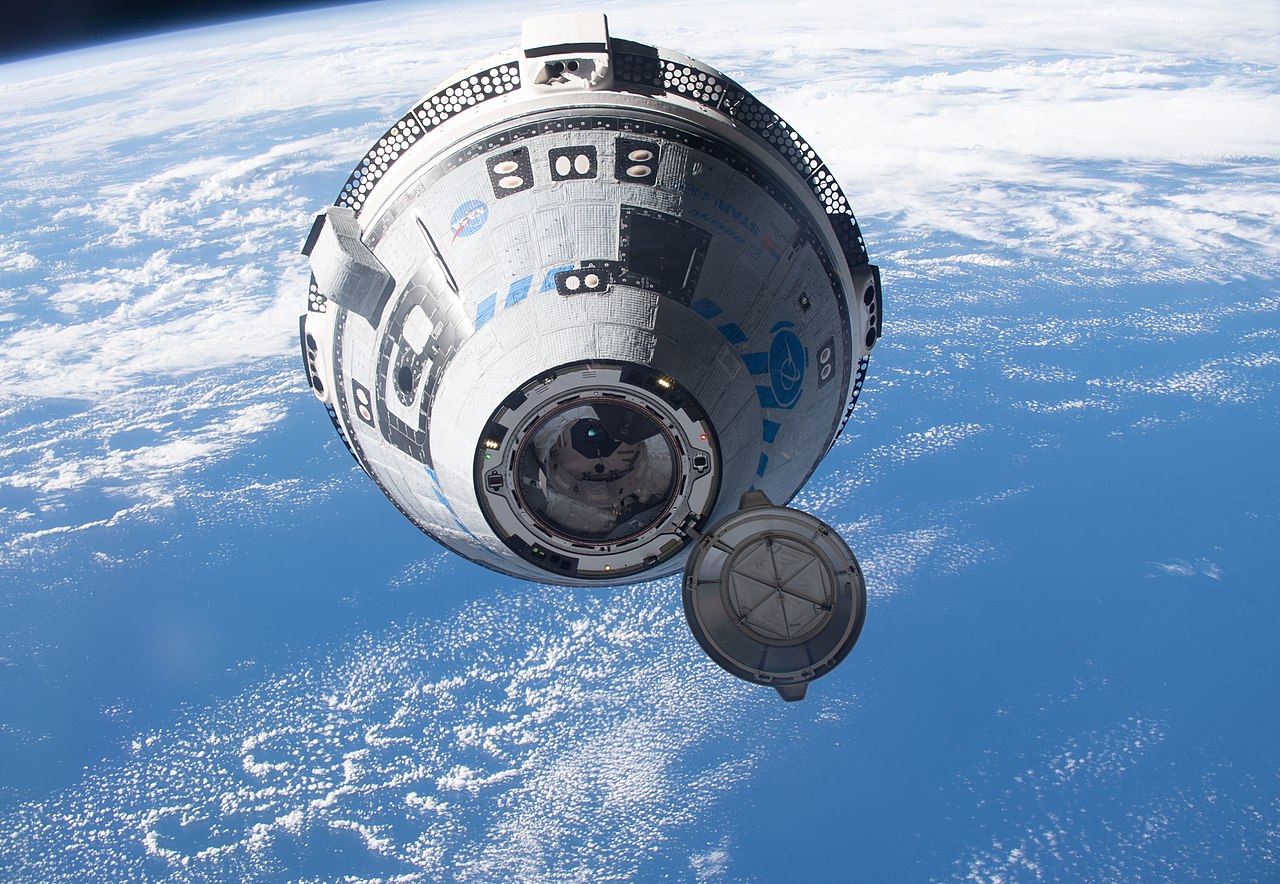Boeing’s Starliner spacecraft has encountered significant technical difficulties during its most recent mission to the International Space Station (ISS), causing NASA to consider alternative measures to ensure the safe return of the astronauts onboard. This incident marks another major setback for Boeing’s space program.
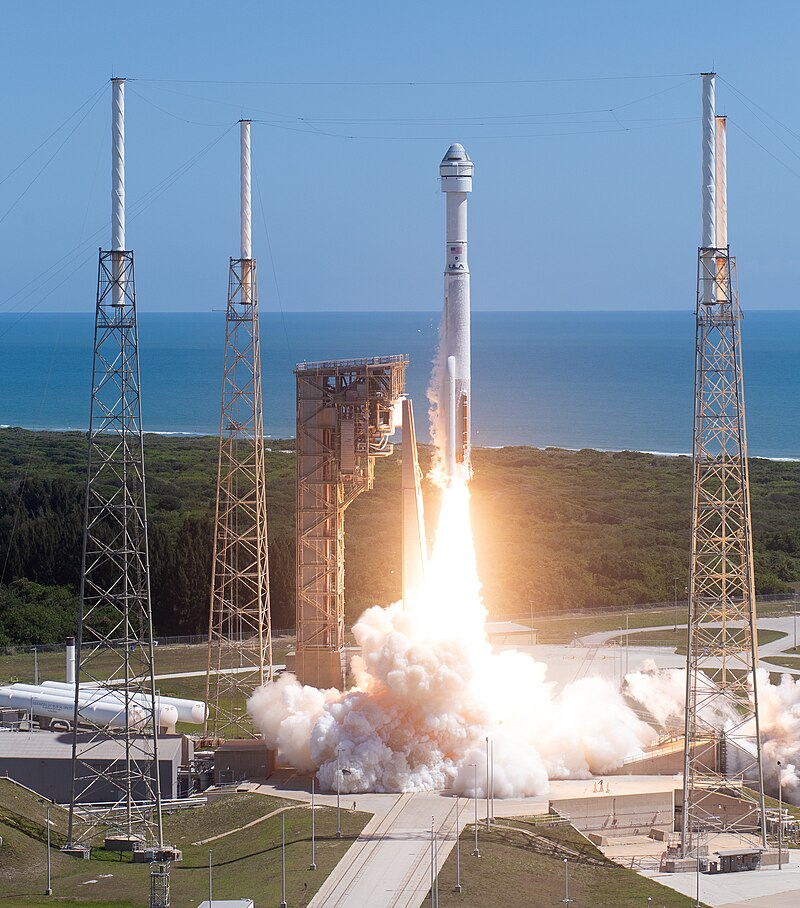
The Starliner, launched on June 5, 2024, was supposed to complete a short mission to the ISS. However, it experienced multiple helium leaks and thruster malfunctions, leading to an extended stay at the space station. NASA astronauts Barry Wilmore and Sunita Williams, who were aboard the Starliner, were initially scheduled to return on June 14, but the technical issues have delayed their return indefinitely.
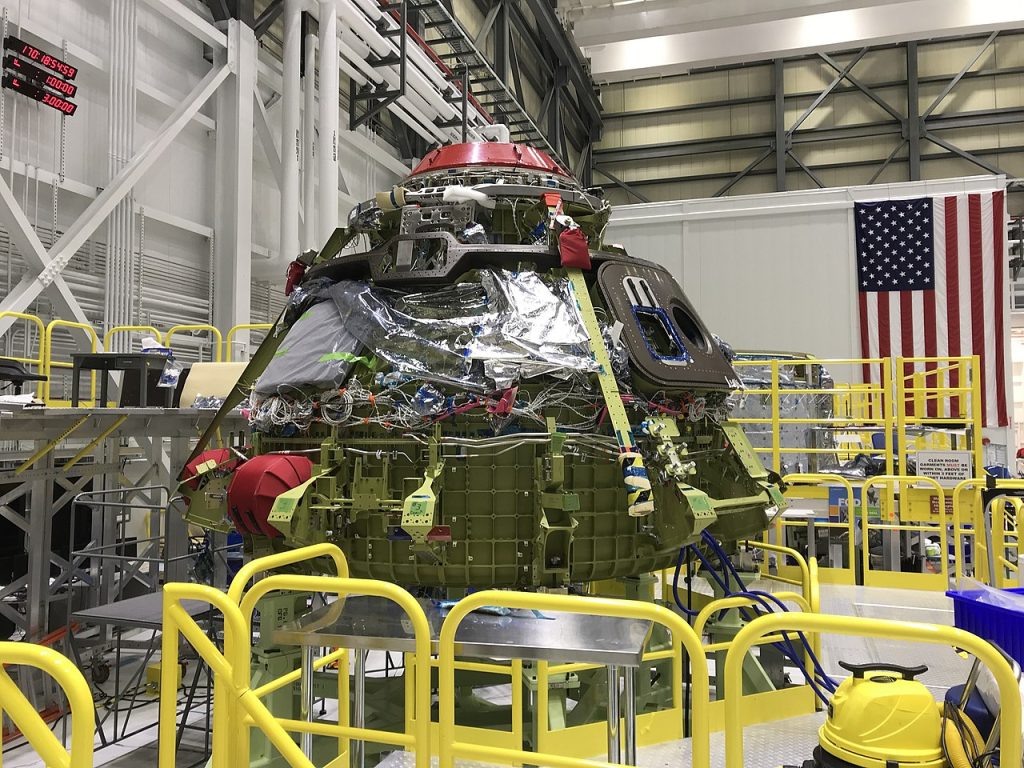
The spacecraft’s thruster problems have been a particular concern. Despite attempts to resolve these issues through on-orbit tests and ground tests at White Sands, the thrusters continued to underperform. NASA has emphasized that while the Starliner can remain docked at the ISS for an extended period, the spacecraft needs to undock by mid-August to make way for the Crew-9 mission.
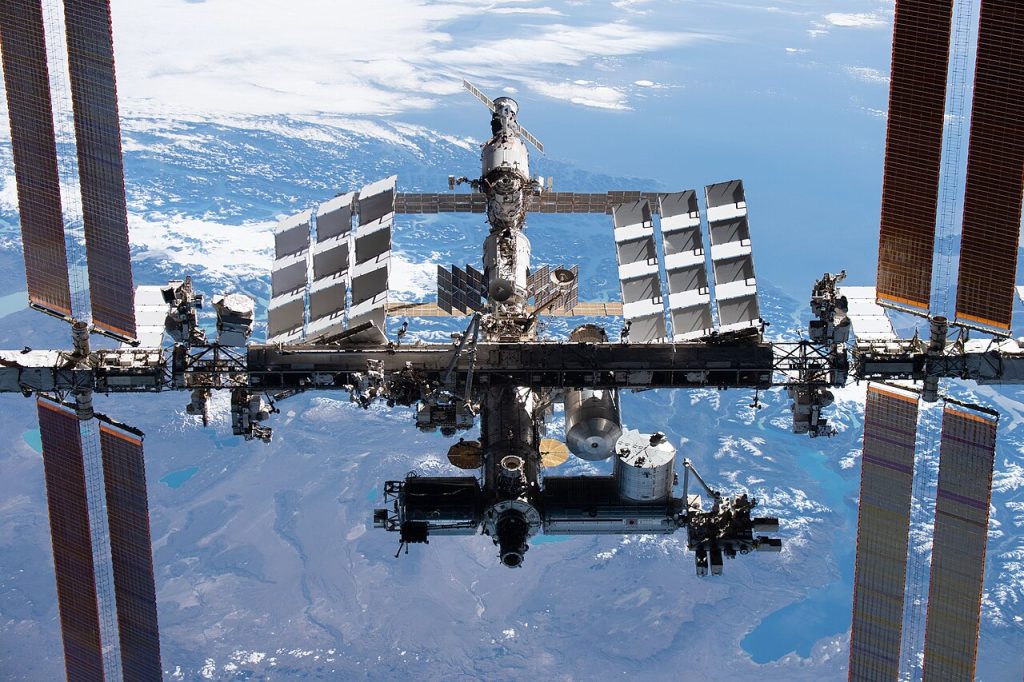
NASA and Boeing have been working together to address the issues, but the uncertainty around Starliner’s return capabilities has led NASA to prepare contingency plans. One such plan involves using a SpaceX Dragon capsule to bring Wilmore and Williams back to Earth if Starliner cannot be safely undocked and landed. This plan underscores the importance of having multiple reliable spacecraft for crewed missions.
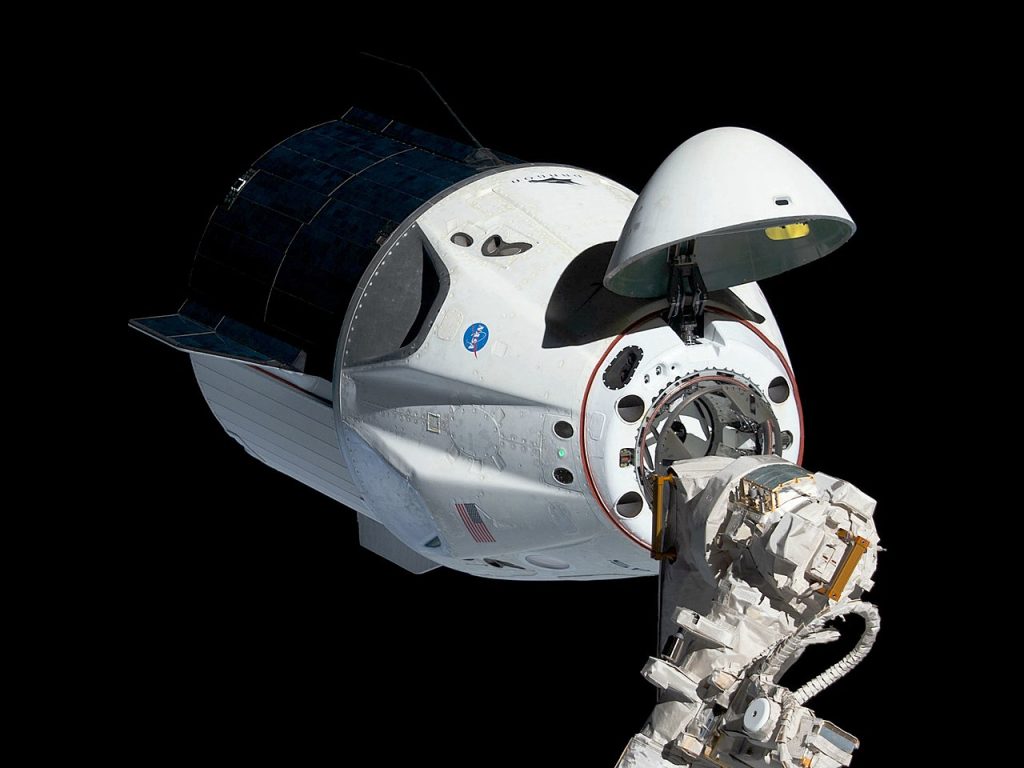
SpaceX’s Crew-9 mission, scheduled for mid-August, will be ready to assist if necessary. The Dragon spacecraft has a strong track record of successful missions, and its involvement in a potential rescue operation highlights its reliability compared to Boeing’s troubled Starliner.
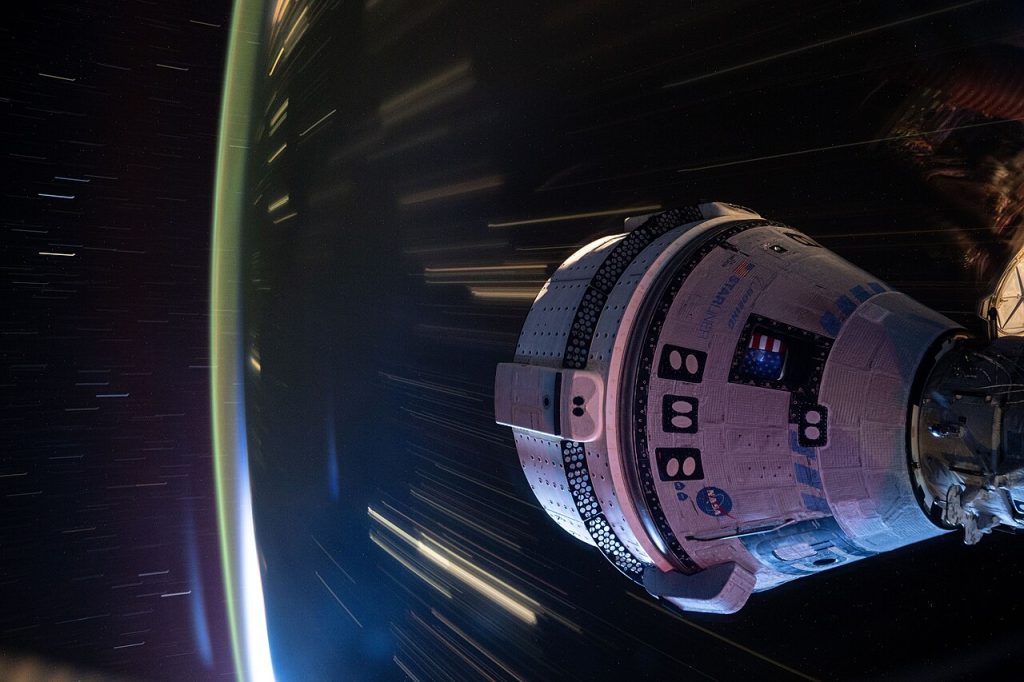
The ongoing situation with the Starliner has significant implications for Boeing’s future in space exploration. The delays and technical issues have not only affected current missions but also cast doubt on the spacecraft’s readiness for future operational flights.
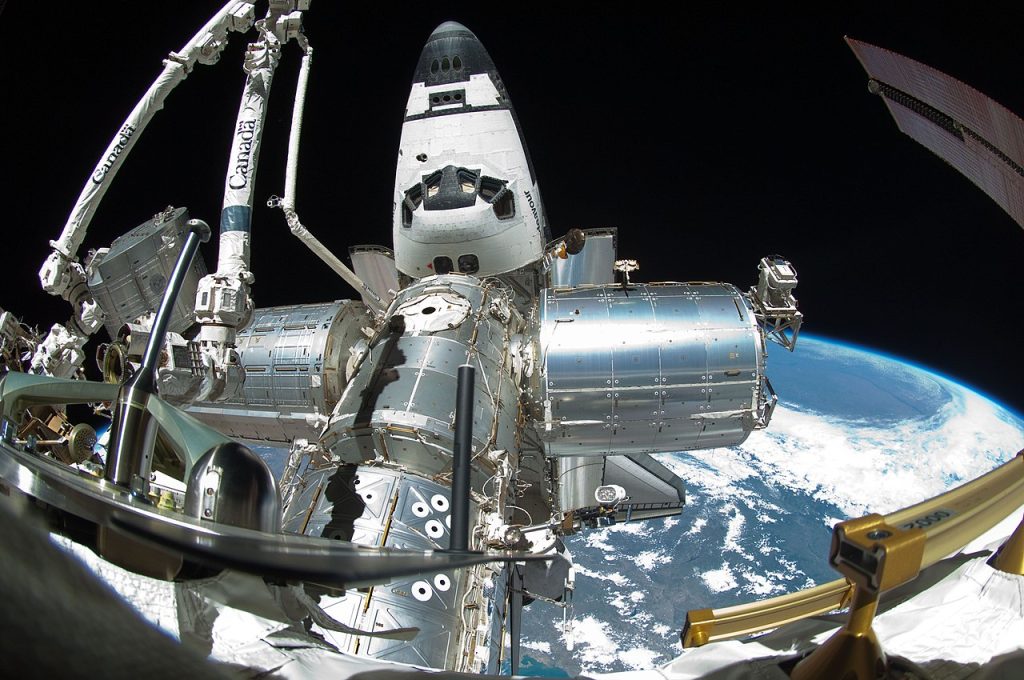
NASA has indicated that the resolution of these issues is critical for Starliner’s certification for long-duration missions, which are planned to begin in 2025.
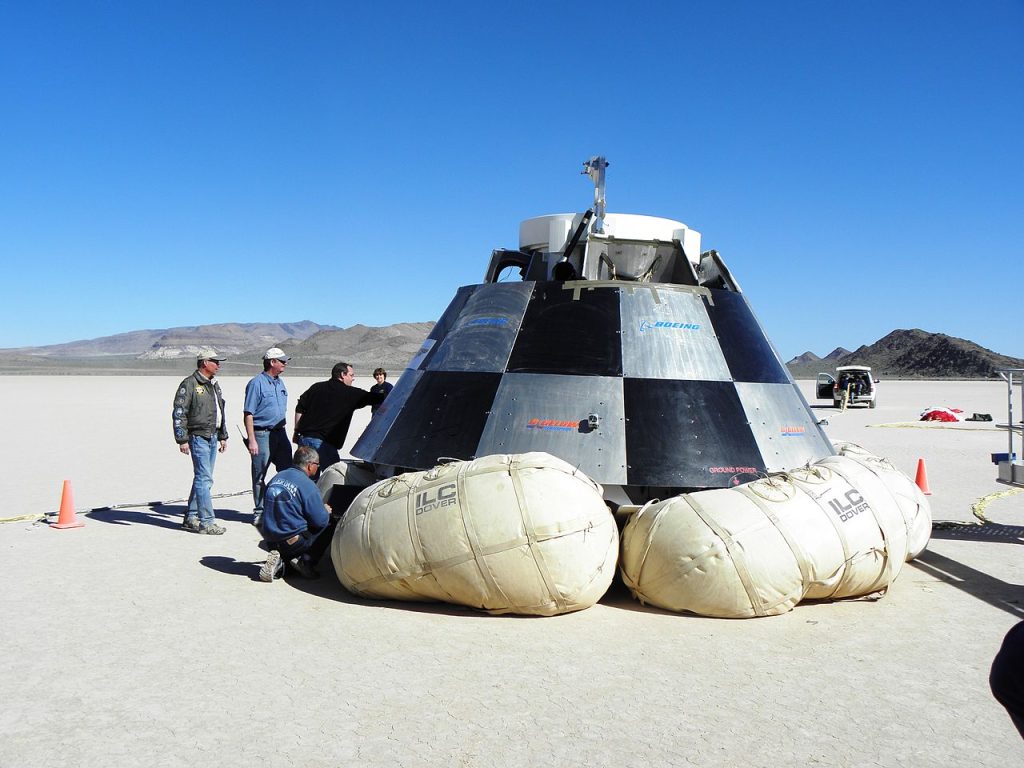
Despite these challenges, both NASA and Boeing remain committed to ensuring the safety of the astronauts and the success of the mission. NASA’s readiness review and further testing aim to provide a clear path forward for Starliner’s safe return and future operations.
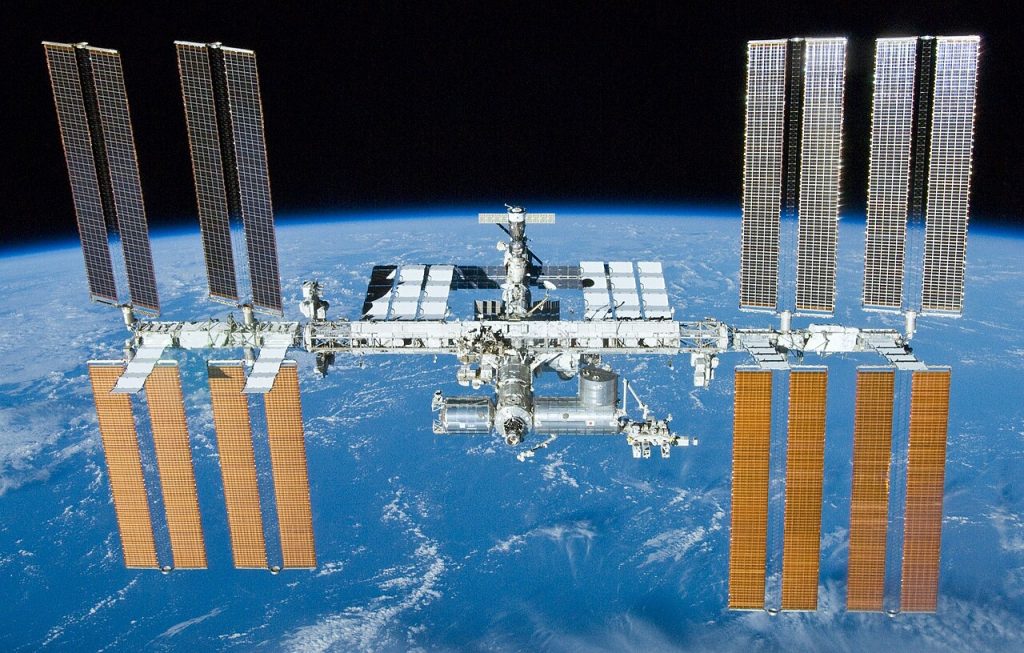
The collaboration between NASA, Boeing, and SpaceX demonstrates the resilience and adaptability necessary in the evolving field of space exploration.

